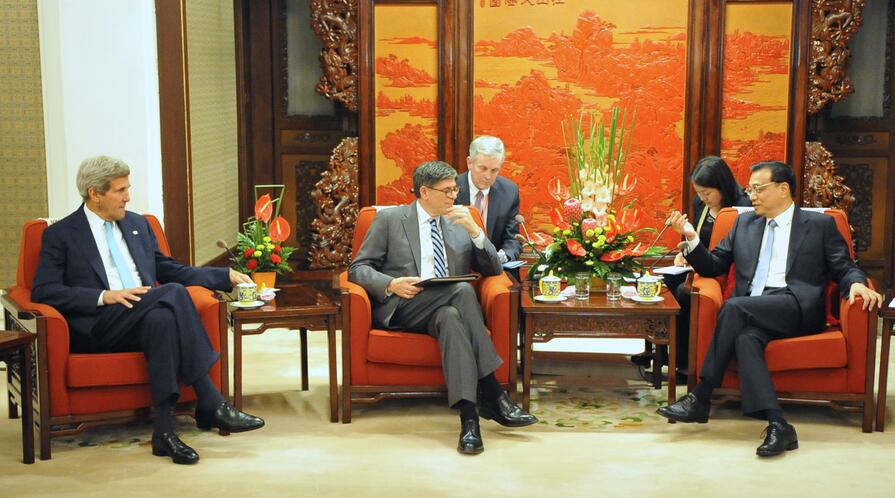Stanford’s Phillip Lipscy on China’s Asian Infrastructure Investment Bank

When China first proposed creating the Asian Infrastructure Investment Bank (AIIB) in 2013, it generated considerable anxiety in Washington and many other capitals. Many pundits and policymakers view the AIIB as a bid to undermine or replace the international architecture designed by the United States and its allies since the end of World War II. Although several U.S. allies, including Australia, Germany, and the United Kingdom, have declared their intention to join the AIIB, others, including Japan, have expressed ambivalence. For its part, the United States has made it clear that it will seek to influence the institution from the outside. But it would be a mistake to shun or undermine the AIIB. Rather, it should be welcomed. Both the United States and Japan have far more to gain by joining the AIIB and shaping its future than remaining on the sidelines.
The details remain vague, but the AIIB is meant to be a multilateral development institution that will focus on infrastructure needs in Asia. There is no question that this is a deserving cause. Asia’s large population, rapid growth, and integration with the global economy all generate demand for better infrastructure. A report by the Asian Development Bank (ADB) estimates the region needs about $750 billion annually in infrastructure-related financing. Citing historical underinvestment, McKinsey & Company, a global management consulting firm based in New York City, proclaims a “$1 trillion infrastructure opportunity” in Asia. [...]
This article was originally published on Foreign Affairs on May 7, 2015, and an excerpt has been reproduced here with permission. The full article may be viewed on the Foreign Affairs website.
